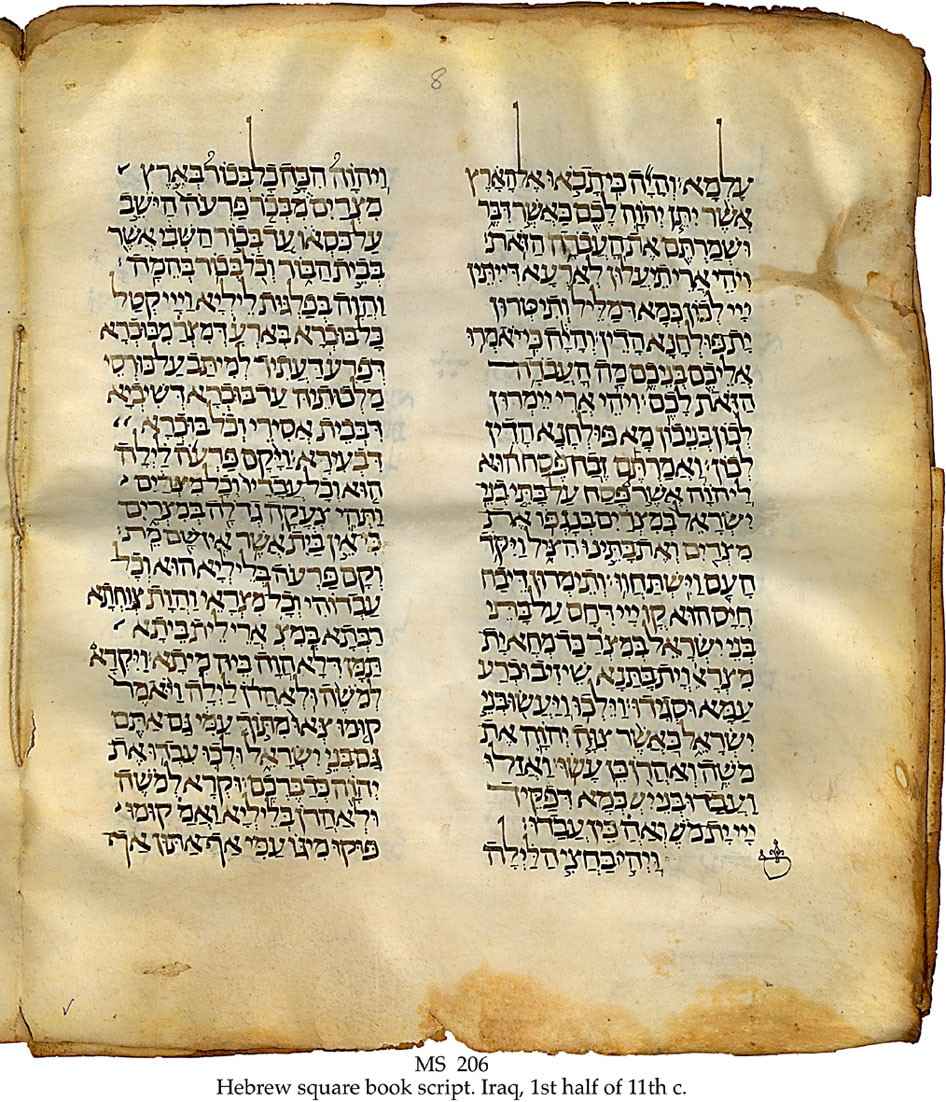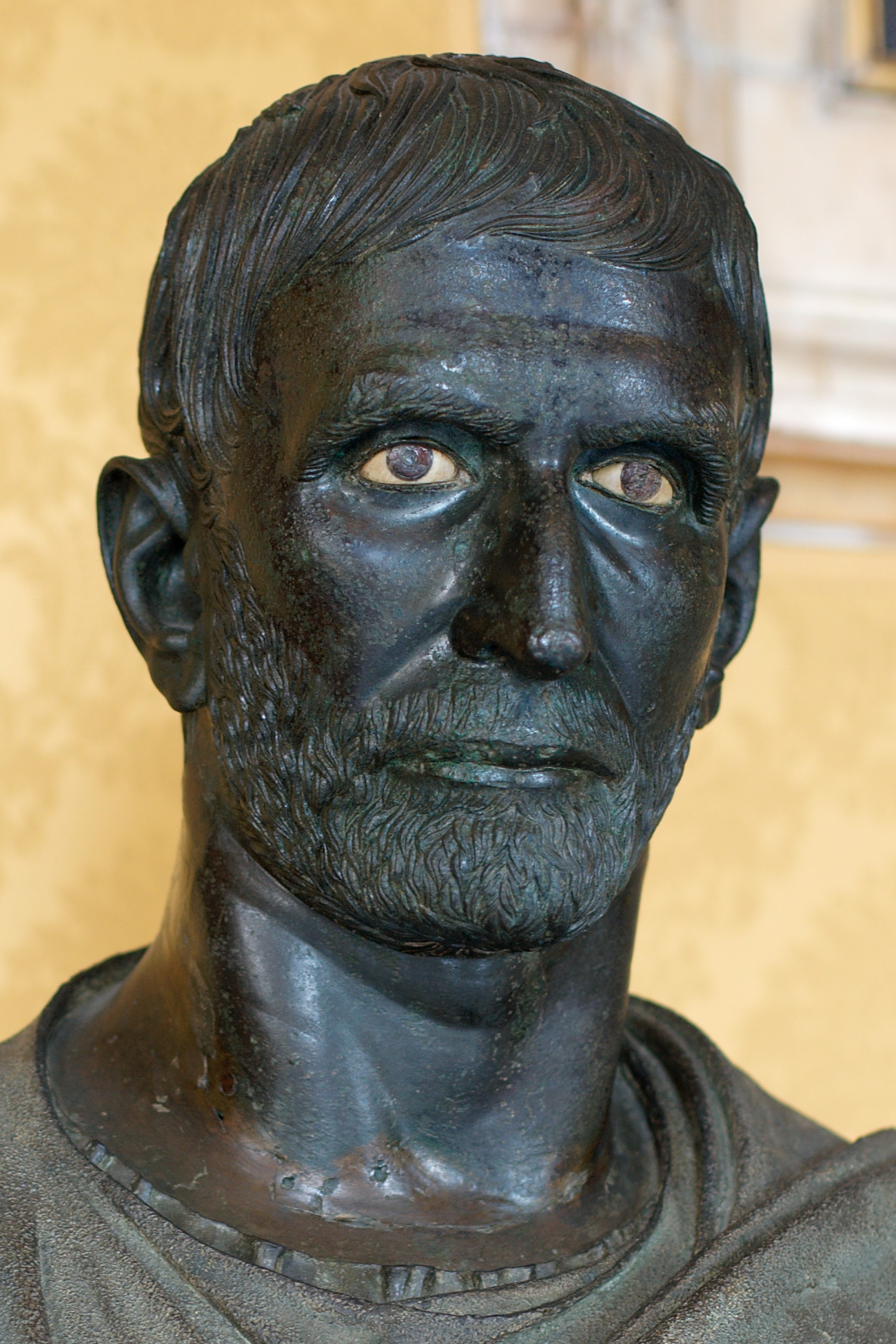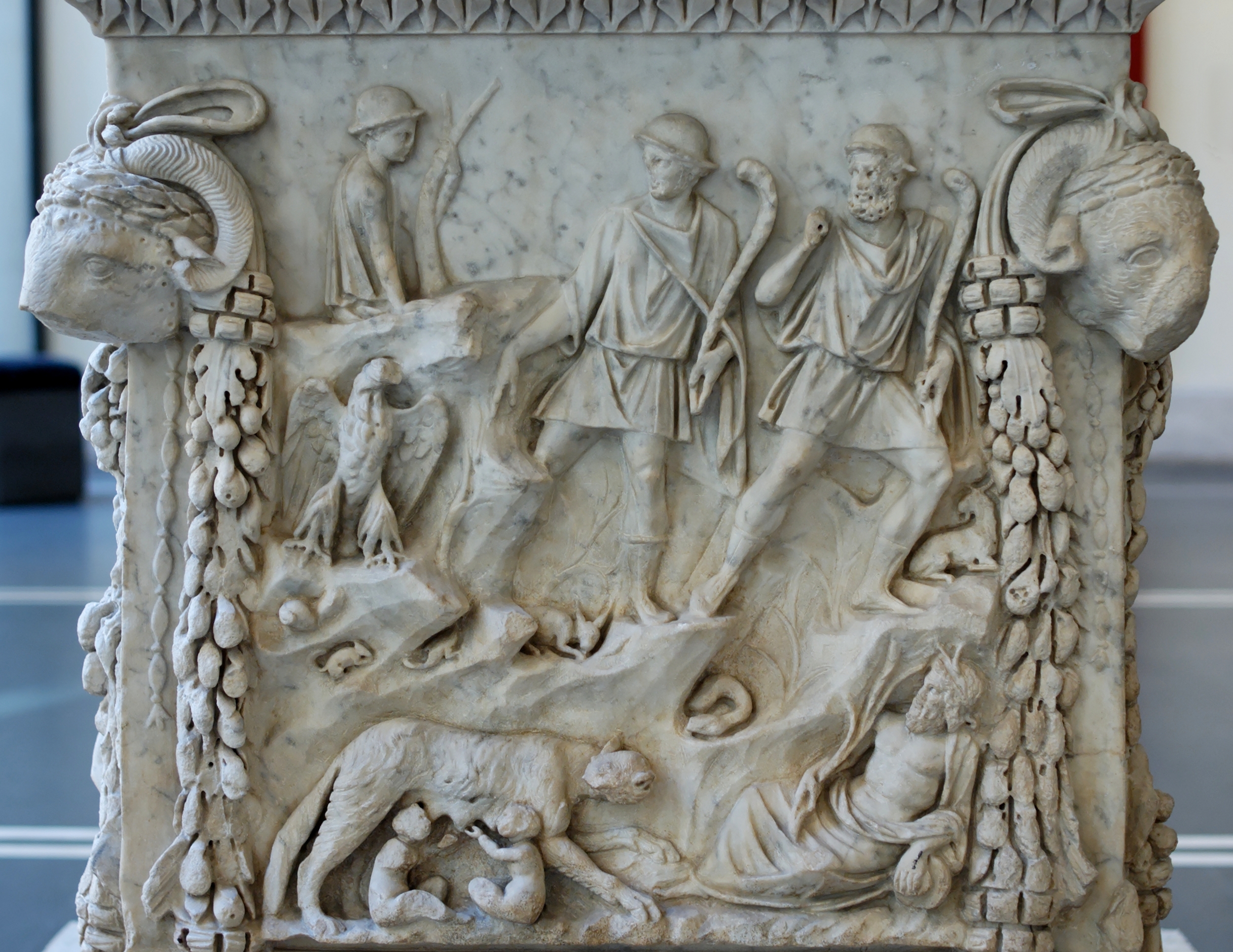|
Shofet
In several ancient Semitic-speaking cultures and associated historical regions, the shopheß╣Ł or shofeß╣Ł (plural shophß╣Łim or shofeß╣Łim; he, ū®ūüūĢų╣ūżųĄūś ''┼Ī┼Źf─ōß╣Ł'', phn, ÉżöÉżÉÉżł ''┼Ī┼Źf─ōß╣Ł'', xpu, ÉżöÉżÉÉżł ''┼Ī┼½feß╣Ł'', uga, ÉÄśÉÄöÉÄē ''ß╣»─üpiß╣Ł'') was a community leader of significant civic stature, often functioning as a chief magistrate with authority roughly equivalent to Roman consular powers. Etymology In Hebrew and several other Semitic languages, shopheß╣Ł literally means "Judge", from the Semitic root ''┼Ā-P-ß╣¼'', "to pass judgment". Cognate titles exist in other Semitic cultures, notably Phoenicia. Hebrew In the Hebrew Bible, the shofß╣Łim were chieftains who united various Israelite tribes in time of mutual danger to defeat foreign enemies. Phoenician In the various independent Phoenician city-statesŌĆöon the coasts of present-day Lebanon and western Syria, the Punic colonies on the Mediterranean Sea, and in Carthage itselfŌĆöa shof ... [...More Info...] [...Related Items...] OR: [Wikipedia] [Google] [Baidu] |
Ancient Semitic-speaking Peoples
Ancient Semitic-speaking peoples or Proto-Semitic people were people who lived throughout the ancient Near East, including the Levant, Mesopotamia, the Arabian Peninsula, and the Horn of Africa from the 3rd millennium BC until the end of antiquity. Their languages are usually divided into three branches: East, Central and South Semitic languages. The Proto-Semitic language was likely spoken in the 4th millennium BC, and the oldest attested forms of Semitic date to the mid-3rd millennium BC (the Early Bronze Age). Speakers of East Semitic include the people of the Akkadian Empire, Assyria and Babylonia. Central Semitic combines the Northwest Semitic languages and Arabic. Speakers of Northwest Semitic were the Canaanites (including the Phoenicians and the Hebrews) and the Arameans. South Semitic peoples include the speakers of Modern South Arabian languages and Ethiopian Semitic languages. Origins There are several locations proposed as possible sites for prehistoric ... [...More Info...] [...Related Items...] OR: [Wikipedia] [Google] [Baidu] |
Nemean Games
The Nemean Games ( grc-gre, ╬Ø╬Ł╬╝╬Ą╬▒ or ╬Ø╬Ł╬╝╬Ą╬╣╬▒) were one of the four Panhellenic Games of Ancient Greece, and were held at Nemea every two years (or every third). With the Isthmian Games, the Nemean Games were held both the year before and the year after the Ancient Olympic Games and the Pythian Games in the third year of the Olympiad cycle. Like the Olympic Games, they were held in honour of Zeus. They were said to have been founded by Heracles after he defeated the Nemean lion; another myth said that they originated as the funeral games of a child named Opheltes. However, they are known to have existed only since the 6th century BC (from 573 BC, or earlier). The winners received a wreath of wild celery leaves from the city of Argos. History The various legends concerning its origin are related in the ''argumenta'' of the scholiasts to the ''Nemea'' of Pindar, with which may be compared Pausanias, and Apollodorus. All these legends, however, agree in stating t ... [...More Info...] [...Related Items...] OR: [Wikipedia] [Google] [Baidu] |
Third Punic War
The Third Punic War (149ŌĆō146 BC) was the third and last of the Punic Wars fought between Carthage and Rome. The war was fought entirely within Carthaginian territory, in modern northern Tunisia. When the Second Punic War ended in 201 BC, one of the terms of the peace treaty prohibited Carthage from waging war without Rome's permission. Rome's ally, King Masinissa of Numidia, exploited this to repeatedly raid and seize Carthaginian territory with impunity. In 149 BC Carthage sent an army, under Hasdrubal, against Masinissa, the treaty notwithstanding. The campaign ended in disaster as the Battle of Oroscopa ended with a Carthaginian defeat and the surrender of the Carthaginian army. Anti-Carthaginian factions in Rome used the illicit military action as a pretext to prepare a punitive expedition. Later in 149 BC, a large Roman army landed at Utica in North Africa. The Carthaginians hoped to appease the Romans, but despite the Carthaginians surrendering all ... [...More Info...] [...Related Items...] OR: [Wikipedia] [Google] [Baidu] |
Morocco
Morocco (),, ) officially the Kingdom of Morocco, is the westernmost country in the Maghreb region of North Africa. It overlooks the Mediterranean Sea to the north and the Atlantic Ocean to the west, and has land borders with Algeria to the east, and the disputed territory of Western Sahara to the south. Mauritania lies to the south of Western Sahara. Morocco also claims the Spanish exclaves of Ceuta, Melilla and Pe├▒├│n de V├®lez de la Gomera, and several small Spanish-controlled islands off its coast. It spans an area of or , with a population of roughly 37 million. Its official and predominant religion is Islam, and the official languages are Arabic and Berber; the Moroccan dialect of Arabic and French are also widely spoken. Moroccan identity and culture is a mix of Arab, Berber, and European cultures. Its capital is Rabat, while its largest city is Casablanca. In a region inhabited since the Paleolithic Era over 300,000 years ago, the first Moroccan st ... [...More Info...] [...Related Items...] OR: [Wikipedia] [Google] [Baidu] |
Volubilis
Volubilis (; ar, ┘ł┘ä┘Ŗ┘ä┘Ŗ, wal─½l─½; ber, ŌĄĪŌĄŹŌĄēŌĄŹŌĄē, wlili) is a partly excavated Berber-Roman city in Morocco situated near the city of Meknes, and may have been the capital of the kingdom of Mauretania, at least from the time of King Juba II. Before Volubilis, the capital of the Kingdom may have been at Gilda. Built in a fertile agricultural area, it developed from the 3rd century BC onward as a Berber, then proto- Carthaginian, settlement before being the capital of the kingdom of Mauretania. It grew rapidly under Roman rule from the 1st century AD onward and expanded to cover about with a circuit of walls. The city gained a number of major public buildings in the 2nd century, including a basilica, temple and triumphal arch. Its prosperity, which was derived principally from olive growing, prompted the construction of many fine town-houses with large mosaic floors. The city fell to local tribes around 285 and was never retaken by Rome because of its remoteness ... [...More Info...] [...Related Items...] OR: [Wikipedia] [Google] [Baidu] |
Africa Proconsularis
Africa is the world's second-largest and second-most populous continent, after Asia in both cases. At about 30.3 million km2 (11.7 million square miles) including adjacent islands, it covers 6% of Earth's total surface area and 20% of its land area.Sayre, April Pulley (1999), ''Africa'', Twenty-First Century Books. . With billion people as of , it accounts for about of the world's human population. Africa's population is the youngest amongst all the continents; the median age in 2012 was 19.7, when the worldwide median age was 30.4. Despite a wide range of natural resources, Africa is the least wealthy continent per capita and second-least wealthy by total wealth, behind Oceania. Scholars have attributed this to different factors including geography, climate, tribalism, colonialism, the Cold War, neocolonialism, lack of democracy, and corruption. Despite this low concentration of wealth, recent economic expansion and the large and young population make Af ... [...More Info...] [...Related Items...] OR: [Wikipedia] [Google] [Baidu] |
Roman Empire
The Roman Empire ( la, Imperium Romanum ; grc-gre, ╬Æ╬▒Žā╬╣╬╗╬Ą╬»╬▒ Žäß┐Č╬Į ß┐¼Žē╬╝╬▒╬»Žē╬Į, Basile├Ła t├┤n Rh┼Źma├Ł┼Źn) was the post- Republican period of ancient Rome. As a polity, it included large territorial holdings around the Mediterranean Sea in Europe, North Africa, and Western Asia, and was ruled by emperors. From the accession of Caesar Augustus as the first Roman emperor to the military anarchy of the 3rd century, it was a Principate with Italia as the metropole of its provinces and the city of Rome as its sole capital. The Empire was later ruled by multiple emperors who shared control over the Western Roman Empire and the Eastern Roman Empire. The city of Rome remained the nominal capital of both parts until AD 476 when the imperial insignia were sent to Constantinople following the capture of the Western capital of Ravenna by the Germanic barbarians. The adoption of Christianity as the state church of the Roman Empire in AD 380 and the fall of th ... [...More Info...] [...Related Items...] OR: [Wikipedia] [Google] [Baidu] |
Roman Republic
The Roman Republic ( la, Res publica Romana ) was a form of government of Rome and the era of the classical Roman civilization when it was run through public representation of the Roman people. Beginning with the overthrow of the Roman Kingdom (traditionally dated to 509 BC) and ending in 27 BC with the establishment of the Roman Empire, Rome's control rapidly expanded during this periodŌĆöfrom the city's immediate surroundings to hegemony over the entire Mediterranean world. Roman society under the Republic was primarily a cultural mix of Latin and Etruscan societies, as well as of Sabine, Oscan, and Greek cultural elements, which is especially visible in the Roman Pantheon. Its political organization developed, at around the same time as direct democracy in Ancient Greece, with collective and annual magistracies, overseen by a senate. The top magistrates were the two consuls, who had an extensive range of executive, legislative, judicial, military, and religious powe ... [...More Info...] [...Related Items...] OR: [Wikipedia] [Google] [Baidu] |
Bithia, Italy
__NOTOC__ Bithia or Bitia was a Phoenician, Carthaginian, and Roman town located near Chia in the extreme south of Sardinia, Italy. Most of the ruins have been submerged underwater. History Bithia was founded by the Phoenicians in the 8th centuryBC as Bitan ( xpu, ÉżüÉżēÉżĢÉżÅÉżŹ, ,. "Palace"). It fell under Carthaginian control until the Punic Wars, when it became Roman. Punic culture survived well into the Roman period. It was abandoned in the early 7th century, when the population fled inland to escape Arab raids. In 1963, following heavy storms, some ruins of the city came to light. Still observable are the remains of a Punic temple on the island of Cardolinu, on which are also found artifacts that seem to indicate the presence of a tophet In the Hebrew Bible, Tophet or Topheth ( hbo, ū¬ų╣ų╝ūżųČū¬, T┼Źp╠äeß╣»; grc-gre, ╬ż╬▒Žå╬Ł╬Ė, taph├®th; la, Topheth) is a location in Jerusalem in the Valley of Hinnom (Gehenna), where worshipers engaged in a ritual involving "pass ... [...More Info...] [...Related Items...] OR: [Wikipedia] [Google] [Baidu] |
Roman Sardinia
The Province of Sardinia and Corsica ( la, Provincia Sardinia et Corsica) was an ancient Roman province including the islands of Sardinia and Corsica. Pre-Roman times The Nuragic civilization flourished in Sardinia from 1800 to 500 BC. The ancient Sardinians, also known as Nuragics, traded with many different Mediterranean peoples during the Bronze Age and early Iron Age, especially with the Myceneans and the Cypriots. Sardinians also built many coastal settlements, like Nora and Tharros, and the characteristic tower buildings the island is known for, the nuraghes. The similar Torrean civilization also developed in Southern Corsica, where several ''torri'' were built. The ancient Sardinians had reached a high level of cultural complexity, building large federal sanctuaries, where the Nuragic communities gathered to participate in the same rituals during festivities. The Nuragic people were able to organize themselves and accomplish several complex projects, such as build ... [...More Info...] [...Related Items...] OR: [Wikipedia] [Google] [Baidu] |
Sardinia
Sardinia ( ; it, Sardegna, label= Italian, Corsican and Tabarchino ; sc, Sardigna , sdc, Sardhigna; french: Sardaigne; sdn, Saldigna; ca, Sardenya, label= Algherese and Catalan) is the second-largest island in the Mediterranean Sea, after Sicily, and one of the 20 regions of Italy. It is located west of the Italian Peninsula, north of Tunisia and immediately south of the French island of Corsica. It is one of the five Italian regions with some degree of Autonomous administrative division, domestic autonomy being granted by a Regions of Italy#Autonomous regions with special statute, special statute. Its official name, Autonomous Region of Sardinia, is bilingual in Italian and Sardinian language, Sardinian: / . It is divided into four provinces of Italy, provinces and a Metropolitan cities of Italy, metropolitan city. The capital of the region of Sardinia ŌĆö and its largest city ŌĆö is Cagliari. Sardinia's indigenous language and Algherese Catalan are referred to b ... [...More Info...] [...Related Items...] OR: [Wikipedia] [Google] [Baidu] |
Ab Urbe Condita Libri
The work called ( en, From the Founding of the City), sometimes referred to as (''Books from the Founding of the City''), is a monumental history of ancient Rome, written in Latin between 27 and 9 BC by Livy, a Roman historian. The work covers the period from the legends concerning the arrival of Aeneas and the refugees from the fall of Troy, to the city's founding in 753 BC, the expulsion of the Kings in 509 BC, and down to Livy's own time, during the reign of the emperor Augustus. The last event covered by Livy is the death of Drusus in 9 BC. 35 of 142 books, about a quarter of the work, are still extant. The surviving books deal with the events down to 293 BC (books 1ŌĆō10), and from 219 to 166 BC (books 21ŌĆō45). Contents Corpus The ''History of Rome'' originally comprised 142 "books", thirty-five of whichŌĆöBooks 1ŌĆō10 with the Preface and Books 21ŌĆō45ŌĆöstill exist in reasonably complete form. Damage to a manuscript of the 5th century resulted i ... [...More Info...] [...Related Items...] OR: [Wikipedia] [Google] [Baidu] |





